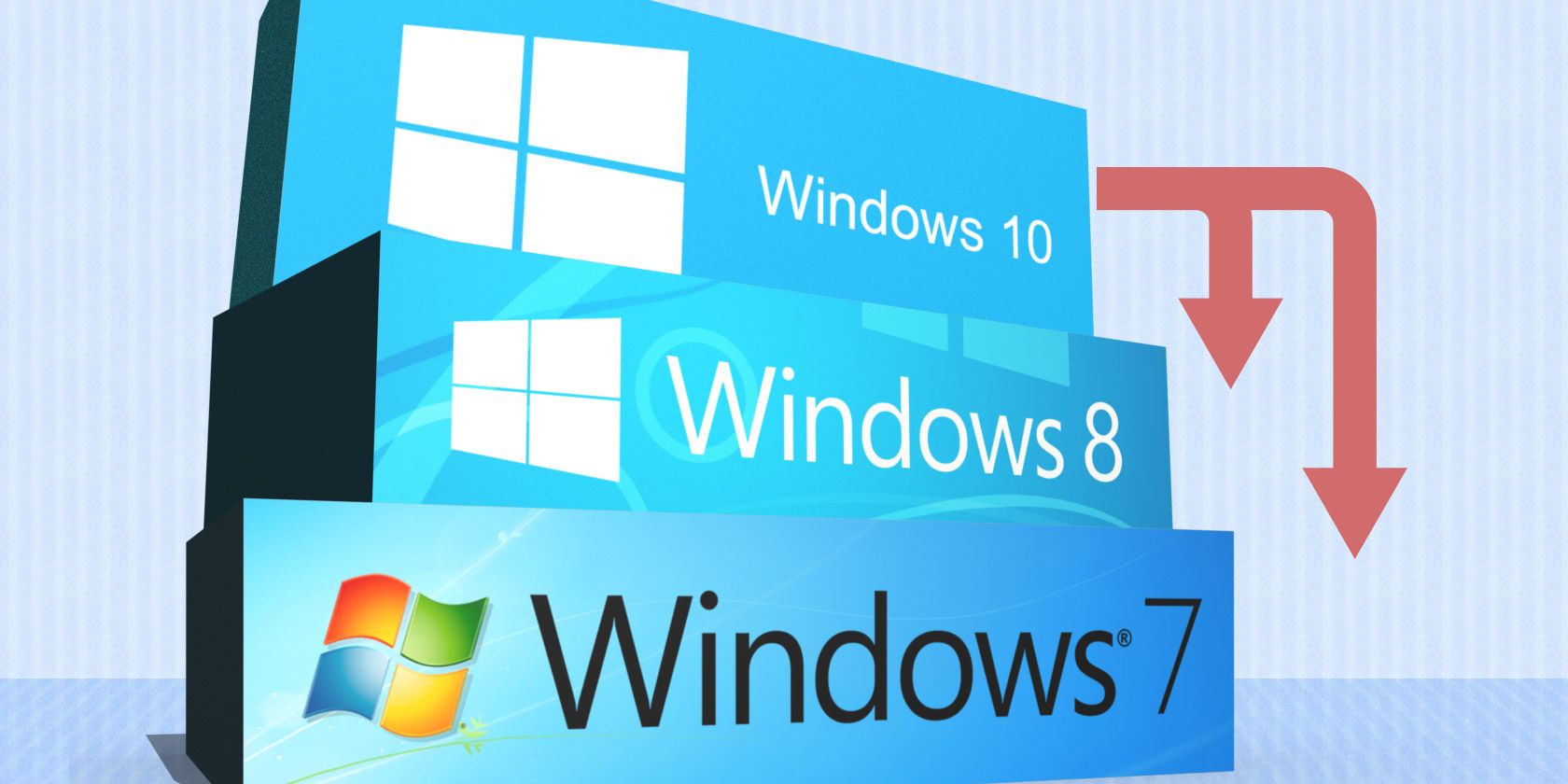

You’re essentially travelling back in time, so if you’ve changed your password in the last ten days, you’ll need the old one to log in.Was just commenting in another article with a guy named Captain555, and he claims that one of his computer customers who had Win10 Home waiting longer than 30 days and now no longer has downgrade rights. If you’ve changed it recently, make sure you know the old one. Make sure you read and understand them and you’ve complied with all the recommendations (especially regarding backups!) before clicking “Next.” You’re about to go back in time to before you updated Windows, so you’ll lose any system settings you’ve changed or applications you’ve installed since then.Ĩ. One more warning dialog box: make sure you know your username and password. The next dialog box will provide some warnings. A dialog will ask you to “Check for updates.” Click “No, thanks” to proceed or “Check for updates” to see if a recent update to this build of Windows 10 will solve your problems.ħ. Click “Next” after you’ve made your selection.Ħ. If you’d rather not say, you can just tick “For another reason” and fill the box with gibberish. Choose one of the boxes to describe why you’re rolling back your update. It always pays to have the most complete backup you can. In addition to backing up your files, make a system image with Windows Backup just in case everything goes sideways.ĥ.

You shouldn’t lose personal data, but that’s cold comfort if something goes wrong. Make a backup! At the very least, back up your personal files. Getting Ready to Revert to Previous Builds in Windows 10ġ. For example, rolling back the Creators Update (Version 1703) will land you back at the Anniversary Update (Version 1607). And if your last version of Windows wasn’t Windows 10 (if you just upgraded from Windows 8.1, for example), you’ll be rolled back to the last installed version of Windows. The “build” here is not by an individual build number but the larger “versions” of Windows 10. It was once thirty days, but a recent update quietly shortened the time span. Once that ten-day window expires, you’ll no longer be able to revert to a previous build.

After updating Windows, you have ten days to revert to the last build of Windows 10 installed on your PC.


 0 kommentar(er)
0 kommentar(er)
